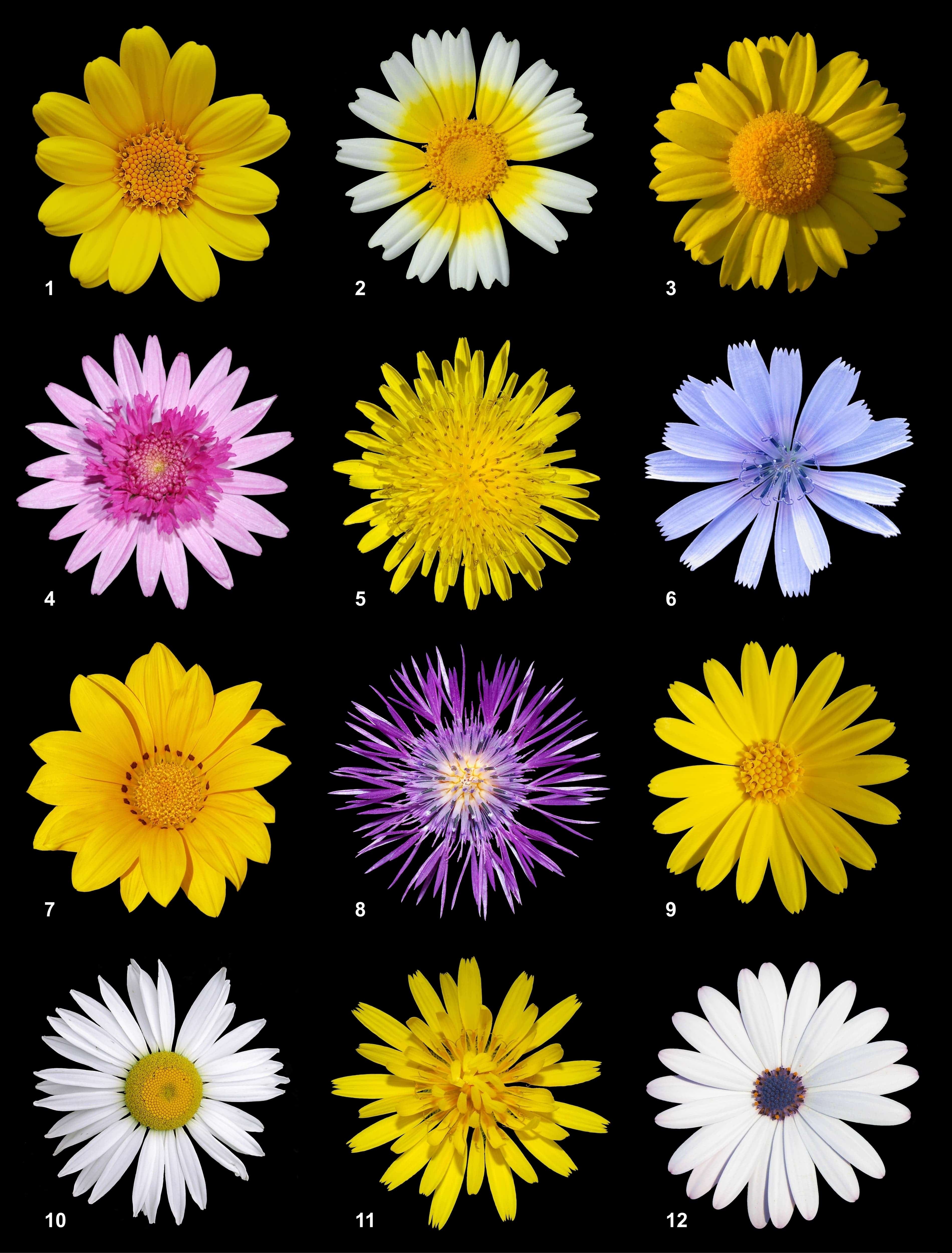Flowering plants are the most common type of plant in the world right now. However, it has been a mystery how they became so successful so quickly. Charles Darwin himself called it an “abominable mystery” because he thought that their sudden success might weaken his theory of evolution. Now, researchers have found that flowering plants are so successful because of their cell size, which is smaller than any other plant type. Darwin is safe, after all.

Flowering plants are extremely diverse. Image credits: Alvesgaspar, Tony Wills.
Most of our plant-based food comes from flowering plants, and they are incredibly diverse, ranging from cacti to fruit trees. They sustain us and are the reason why we have so many diverse animals that have adapted particularly to eat certain food types.
Researchers have found recently that flowering plants have unprecedented photosynthetic rates, which explains why flowering plants can grow much more quickly than ferns and conifers. They could then be more successful and outcompete other plant types. Their success is due in a large part to very specialized leaves that allow them to photosynthesize quickly.
Now, Kevin Simonin from Sand Francisco State University and Adam Roddy from Yale University have discovered how flowering plants have such specialized leaves. They reviewed data on the genome size of hundreds of plants, including many different plant types, held at the Royal Botanic Gardens, Kew. The authors linked genome size with plant anatomy such as pores and veins on leaves.
The researchers discovered that the key is the genome size of the plant cells. Plant genomes decreased for the first time 140 million years ago, which is when the earliest flowering plants existed. The smaller genome size allows plant cells to be smaller and more cells can be packed into the same volume. The plants can have more cells for photosynthesis and delivering water and nutrients. Therefore, they can take up more carbon dioxide and gain more carbon.
Journal reference: Kevin A. Simonin, Adam B. Roddy. Genome downsizing, physiological novelty, and the global dominance of flowering plants. PLOS Biology, 2018; 16 (1): e2003706 DOI: 10.1371/journal.pbio.2003706









